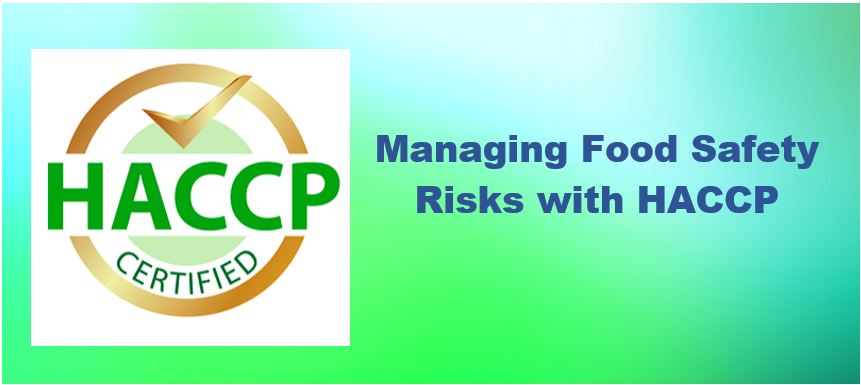Did you know that there are 48 Million reported cases of foodborne illness each year? That’s a staggering number, as is 128,000 of those end up in hospitalization. So how can you prepare? You need to start with a plan. Food safety compromises can be eliminated with a HACCP plan, starting with these steps:
1. Identify potentially hazardous foods in recipes and describe preventative measures.
2. Specify all the critical control points in the process and establish a flow chart.
3. Establish standards that must be met at each critical control point.
4. Monitor critical control points and determine whether criteria are being met.
5. Establish corrective actions to eliminate the hazard immediately.
6. Set up an effective record-keeping process that documents the HACCP system.
7. Establish procedures for verifications that HACCP system is working correctly.
Temperature and time control are the two most important components in preventing foodborne illness in a food safety system. A variety of commercial thermometers including a precise digital thermometer and an infrared thermometer can be useful tools in managing proper temperature controls. Additionally, managing the flow of foods throughout the operation with an eye toward cross contamination is critical. Often color coded kitchen supplies like cutting boards and knives, even food storage containers can help you manage this process.
